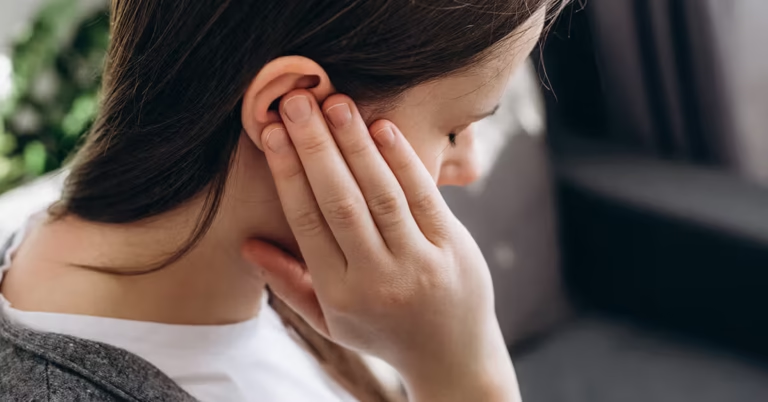Have you ever paused in a quiet room, only to swear you heard a whispered secret or an eerie phrase hidden within the background noise? Imagine your heart racing as you wonder: Could this be true? Welcome to the perplexing world of auditory pareidolia, where the mind conjures voices and sounds from mere randomness, blurring the lines between reality and imagination.
Background Information and Origins
Auditory pareidolia has intrigued humans for centuries. Its roots can be traced back to historical accounts of mysterious sounds and voices that sparked both fear and fascination.
- Historical Context:
Early civilizations often interpreted random sounds as messages from the gods or omens of the future. In medieval times, unexplained auditory phenomena were woven into folklore, leaving communities both mystified and terrified. - Modern Recognition:
Today, psychologists and neuroscientists study auditory pareidolia to understand how the brain organizes and interprets sound, turning random noise into coherent, sometimes eerie messages.
Key Evidence & Theories
Several studies and observations have provided compelling insights into auditory pareidolia. Consider these key points:
- Neurological Patterns:
- Brain imaging shows that certain areas light up when we perceive voices in white noise.
- The auditory cortex often plays tricks by pattern-matching sounds to familiar language structures.
- Psychological Factors:
- Stress, fatigue, or heightened emotion can amplify these auditory illusions.
- Our brains are wired to find meaning in chaos, sometimes leading to misinterpretations.
- Cultural Influences:
- Shared cultural narratives and myths can prime individuals to “hear” expected sounds.
- Media portrayals of paranormal experiences reinforce these phenomena, making them more common.
A Shocking Discovery or Twist
Recent studies have uncovered that even in highly controlled environments, nearly 60% of participants reported hearing phantom voices when exposed to random noise. What are they hiding? The surprising twist is that our brain’s wiring for language recognition may predispose us to detect voices even when none exist—challenging our understanding of reality and perception.
Possible Explanations
The phenomenon of auditory pareidolia is as enigmatic as it is fascinating. Experts propose several theories:
- Mysterious Theories:
- Spiritual Communications: Some believe these sounds could be messages from another realm or dimension.
- Cosmic Signals: A handful of researchers even suggest that these auditory illusions might be a way the universe communicates hidden patterns.
- Rational Explanations:
- Cognitive Biases: The brain’s natural tendency to seek patterns can create false positives.
- Evolutionary Advantages: Detecting voices quickly could have been an essential survival trait for early humans.
Could it be that our minds are playing a much deeper game than we realize? What if this is just the tip of the iceberg in understanding our cognitive processes?
Expert Opinions and Quotes
Leading experts in neuroscience and psychology have weighed in on the topic:
“Auditory pareidolia reveals not just the intricacies of our auditory system, but also how our brains construct reality from sensory input,” says Dr. Elena Morales, a renowned cognitive neuroscientist.
“The phenomenon challenges us to rethink the boundaries between perception and imagination,” adds Dr. Robert Klein, a clinical psychologist specializing in auditory processing.
These insights add credibility to the idea that auditory pareidolia is both a fascinating quirk and a window into the deeper workings of the human mind.

